China has confirmed that it will be increasing import tariffs on US goods to a whopping 125 percent, vowing to ‘fight to the end’ in the latest trade war escalation between the two countries.
The trade stand-off between the two nations is showing no signs of ending, after US leader Donald Trump previously confirmed that he would be raising tariffs on Chinese imports to 145 percent while allowing a 90-day pause on tariffs for most nations.
China’s decision to respond to Trump’s latest move follows a defiant statement given by officials from the Chinese Foreign Ministry in Hong Kong, which confirmed they would not negotiate under current conditions.
“We must solemnly tell the US that a tariff-wielding barbarian who attempts to force countries to call and beg for mercy can never expect that call from China,” the statement read (via PBS).
How Donald Trump’s trade war with China unfolded
President Trump’s decision to make China its key target of trade tariffs can be traced back to the early days of his current presidency.
In February, Trump announced that he would be placing a 10 percent tariff on China, alongside 25 percent tariffs on goods from China and Mexico. This was later upped to 20 percent at the end of the month, after the East Asian nation confirmed ‘countermeasures’ against the US.
China was later targeted again during Trump’s ‘Liberation Day’ tariffs announcement, with the US president slapping a further 34 percent onto their existing tariffs, bringing the total up to 54 percent.
It was at this point that the tit-for-tat between the two nations escalated, with the US threatening to up their punishment 104 percent. Officials in China responded by upping American tariffs to 84 percent, which prompted Trump to slap a tariff bill of 125 percent on China.


Neither country appears willing to back down from the ongoing trade escalation (Ken Ishii – Pool/Getty Images)
This was later revised to the 145 percent tariff on Chinese goods which is in place at the time of writing, however, things may change due to the fact that US imports to China now face tariffs of 125 percent.
The trade war will hit both American and Chinese citizens hard, with imported goods expected to more than double in price.
It’s unclear where the ongoing back and forth between China and the US will end, however, Trump did previously suggest that negotiations could be made between the two countries.
“President Xi… I like him,” Trump said while answering questions in the Oval Office. “Xi is a smart guy and we’ll end up making a very good deal.”
Featured Image Credit: BRENDAN SMIALOWSKI/AFP via Getty Images
Topics: US News, World News, Donald Trump, China, Politics
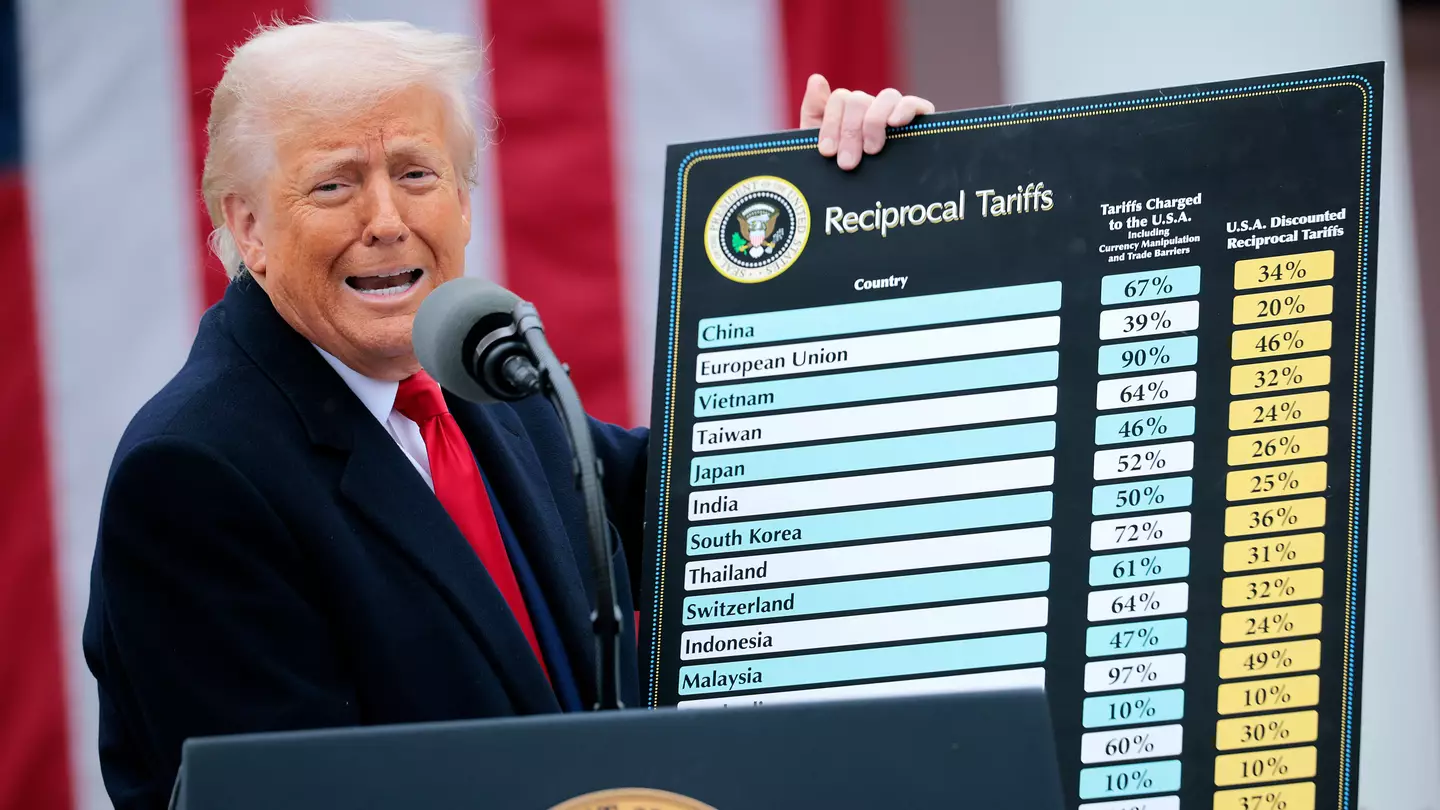

Donald Trump has announced a 90-day pause on tariffs for most nations but has raised them yet again for China.
Taking to Truth Social, the US president said China’s tariff increase would be ‘effective immediately’.
This comes as a shock after Trump’s previous tariff rate of 104 percent on Chinese goods came into effect on Wednesday (9 April), the same day China hit back with tariffs of 84 percent on goods coming from the US.
The Chinese commerce ministry warned that the US’ ‘increase in tariffs will not solve its own problems’.
“Instead, it will trigger sharp fluctuations in financial markets, push up US inflation pressure, weaken the US industrial base and increase the risk of a US economic recession, which will ultimately only backfire on itself,” it said.
Amid China’s response, however, America has now increased its tariffs on Chinese imports to a whopping 125 percent.
“Based on the lack of respect that China has shown to the World’s Markets, I am hereby raising the Tariff charged to China by the United States of America to 125%, effective immediately,” Trump wrote on Truth Social.
“At some point, hopefully in the near future, China will realise that the days of ripping off the U.S.A., and other Countries, is no longer sustainable or acceptable.”
Trump said that because ’75 Countries have negotiated ‘a solution’ with the US, he has given them all a 90-day pause on tariffs.
Also, the US Treasury Secretary said that Trump will keep 10 percent baseline tariffs on most countries while escalating action against China.
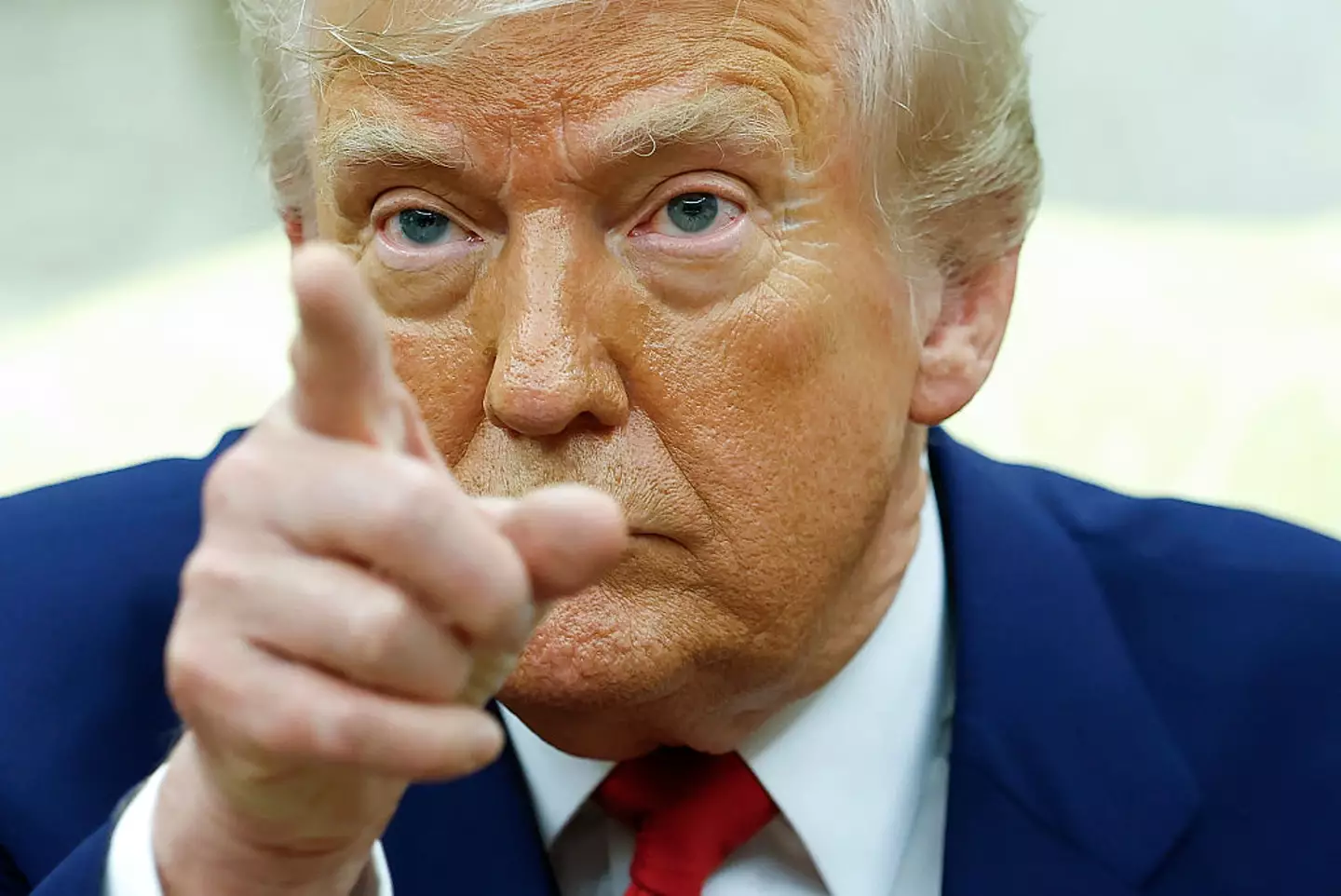

Donald Trump has once again raised tariffs on Chinese imports (Kevin Dietsch/Getty Images)
He added: “Conversely, and based on the fact that more than 75 Countries have called Representatives of the United States, including the Departments of Commerce, Treasury, and the USTR, to negotiate a solution to the subjects being discussed relative to Trade, Trade Barriers, Tariffs, Currency Manipulation, and Non Monetary Tariffs, and that these Countries have not, at my strong suggestion, retaliated in any way, shape, or form against the United States.
“I have authorised a 90 day PAUSE, and a substantially lowered Reciprocal Tariff during this period, of 10%, also effective immediately.
“Thank you for your attention to this matter!”
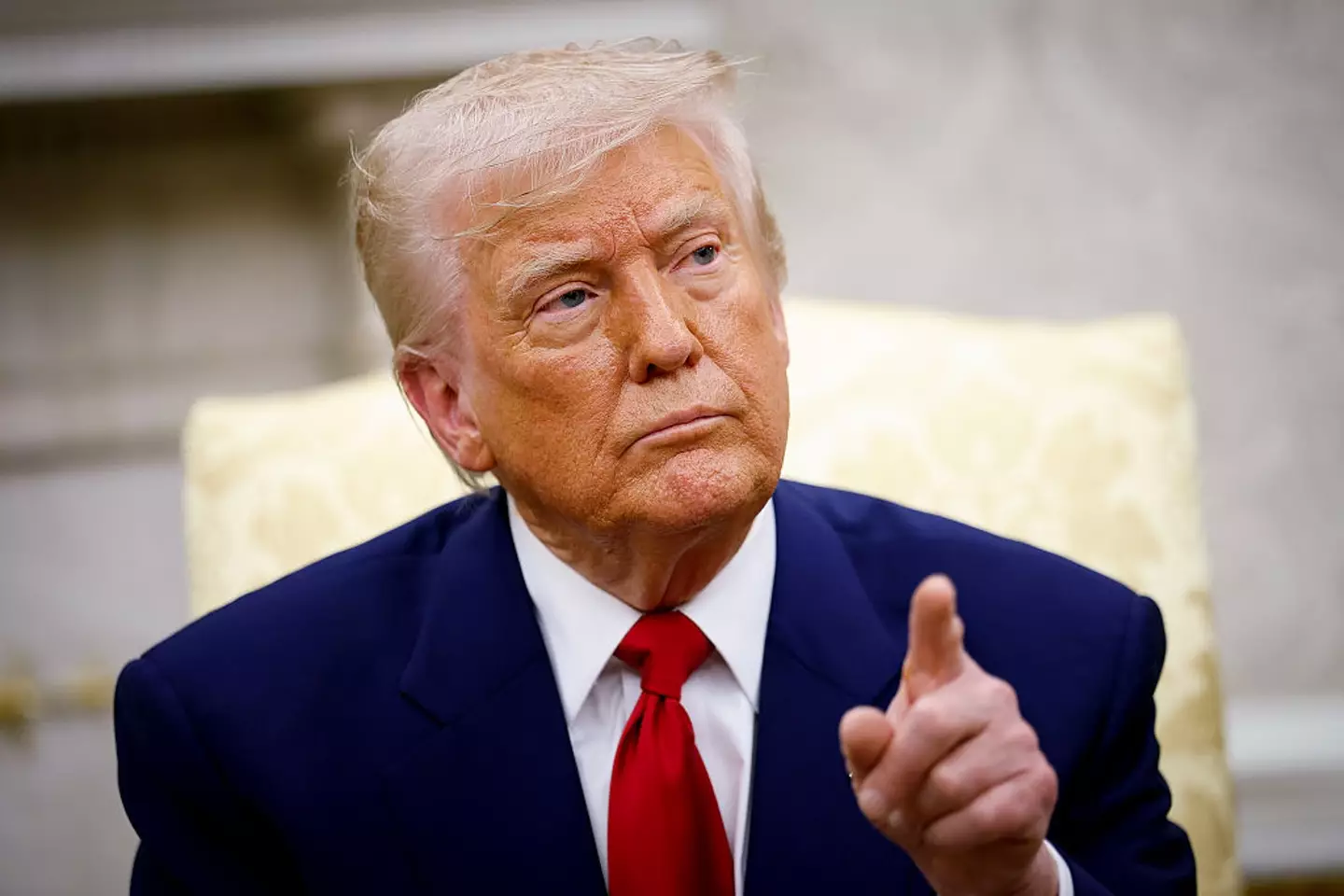

He said the increase would be ‘effective immediately’ (Kevin Dietsch/Getty Images)
Amid the move by the US, China’s ministry of commerce has previously warned against increasing tariff rates.
“If the US insists on further escalating its economic and trade restrictions, China has the firm will and abundant means to take necessary countermeasures and fight to the end,” it added.
Earlier this week, President Trump said that the raise in tariffs was benefitting the US, calling China ‘the biggest abuser of them all’.
“Oil prices are down, interest rates are down (the slow moving Fed should cut rates!), food prices are down, there is NO INFLATION, and the long time abused USA is bringing in Billions of Dollars a week from the abusing countries on Tariffs that are already in place,” he wrote on X on Monday (7 April).
Featured Image Credit: Chip Somodevilla/Getty Images
Topics: Donald Trump, US News, Politics, China
.jpg)
.jpg)
China has hit back at the US, after tariffs of 104 percent on Chinese exports came into effect on Wednesday (9 April) – and some items are about to become a whole lot more expensive.
What are tariffs?
Just for a quick refresher, a tariff is a kind of tax an importer pays on things brought in from other countries. For example, if someone in the US wanted to buy something from the UK, then they’d have to pay money the US government 10 percent of the item’s value (unless it’s a car, in which case it’s 25 percent).
That money is going to be paid by the person in the US, but tariffs hurt other countries too, as the person importing them will likely increase the price to cover their own costs and pass the expense onto the person who ultimately ends up buying it.
Essentially, the tariffs mean that imported goods in the US will now be more expensive, which is a great way to boost purchases of domestic products, but frustrating for the average American looking to buy groceries and daily essentials.
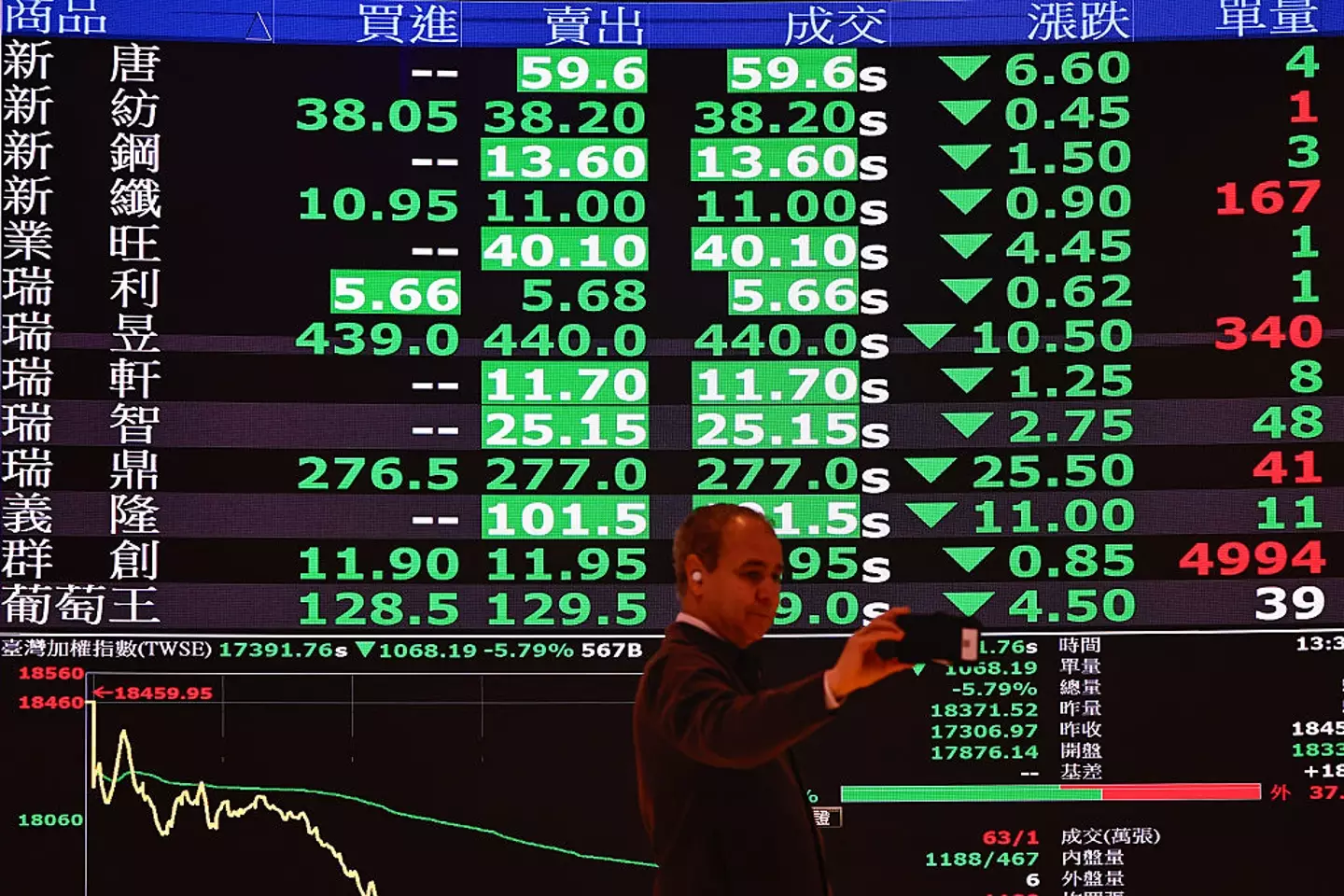

The stock market has dipped following Donald Trump’s decision on tariffs (Daniel Ceng/Anadolu via Getty Images)
How will US tariffs impact China?
Donald Trump said his tariffs were designed to close trade deficits with foreign countries, when it comes to physical goods, during his ‘Liberation Day’ announcement on 2 April.
However, the Chinese commerce ministry argued the US’s ‘increase in tariffs will not solve its own problems’.
“Instead, it will trigger sharp fluctuations in financial markets, push up US inflation pressure, weaken the US industrial base and increase the risk of a US economic recession, which will ultimately only backfire on itself,” they said.
As a result, China has now raised tariffs to 84 percent on goods coming from the US.
“If the US insists on further escalating its economic and trade restrictions, China has the firm will and abundant means to take necessary countermeasures and fight to the end,” the ministry of commerce added.
Top 10 items traded between US and China
According to the US International Trade Commission, here are the top 10 traded items between the US and China:
US exports to China
• Soybeans – 9%
• Aircraft and engines – 8%
• Integrated circuits – 4%
• Pharmaceuticals – 4%
• Petroleum – 3%

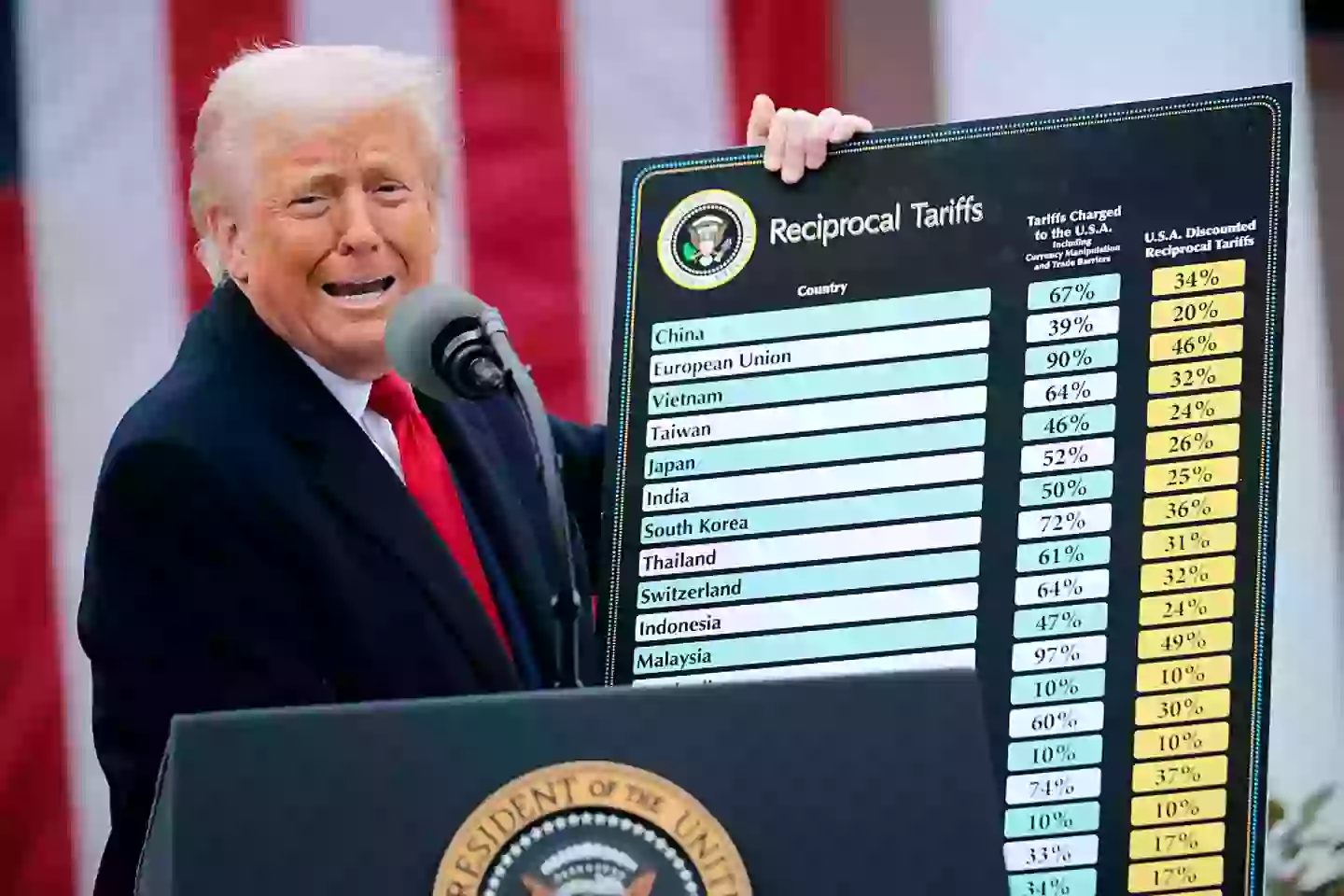
On 2 April, Trump made the trade announcement at the White House, calling it ‘Liberation Day’ (Chip Somodevilla/Getty Images)
China exports to US
• Smartphones – 9%
• Laptops – 7%
• Batteries – 3%
• Toys – 2%
• Telecoms equipment – 2%
Earlier this week, President Trump said that the raise in tariffs was benefitting the US, calling China ‘the biggest abuser of them all’.
“Oil prices are down, interest rates are down (the slow moving Fed should cut rates!), food prices are down, there is NO INFLATION, and the long time abused USA is bringing in Billions of Dollars a week from the abusing countries on Tariffs that are already in place,” he wrote on X on Monday (7 April).
“This is despite the fact that the biggest abuser of them all, China, whose markets are crashing, just raised its Tariffs by 34%, on top of its long term ridiculously high Tariffs (Plus!), not acknowledging my warning for abusing countries not to retaliate.”
Well in 2024, the trade in goods between the two power houses raised an eye-watering $585bn (£429bn).
But it seems the US imported a lot more from China ($440bn) compared with how much their opposition imported from America ($145bn).
“They’ve made enough, for decades, taking advantage of the Good OL’ USA! Our past “leaders” are to blame for allowing this, and so much else, to happen to our Country. MAKE AMERICA GREAT AGAIN!” Trump added.
Additional words by Joe Harker
Featured Image Credit: Chip Somodevilla/Getty Images
Topics: US News, Politics, World News, Donald Trump, China
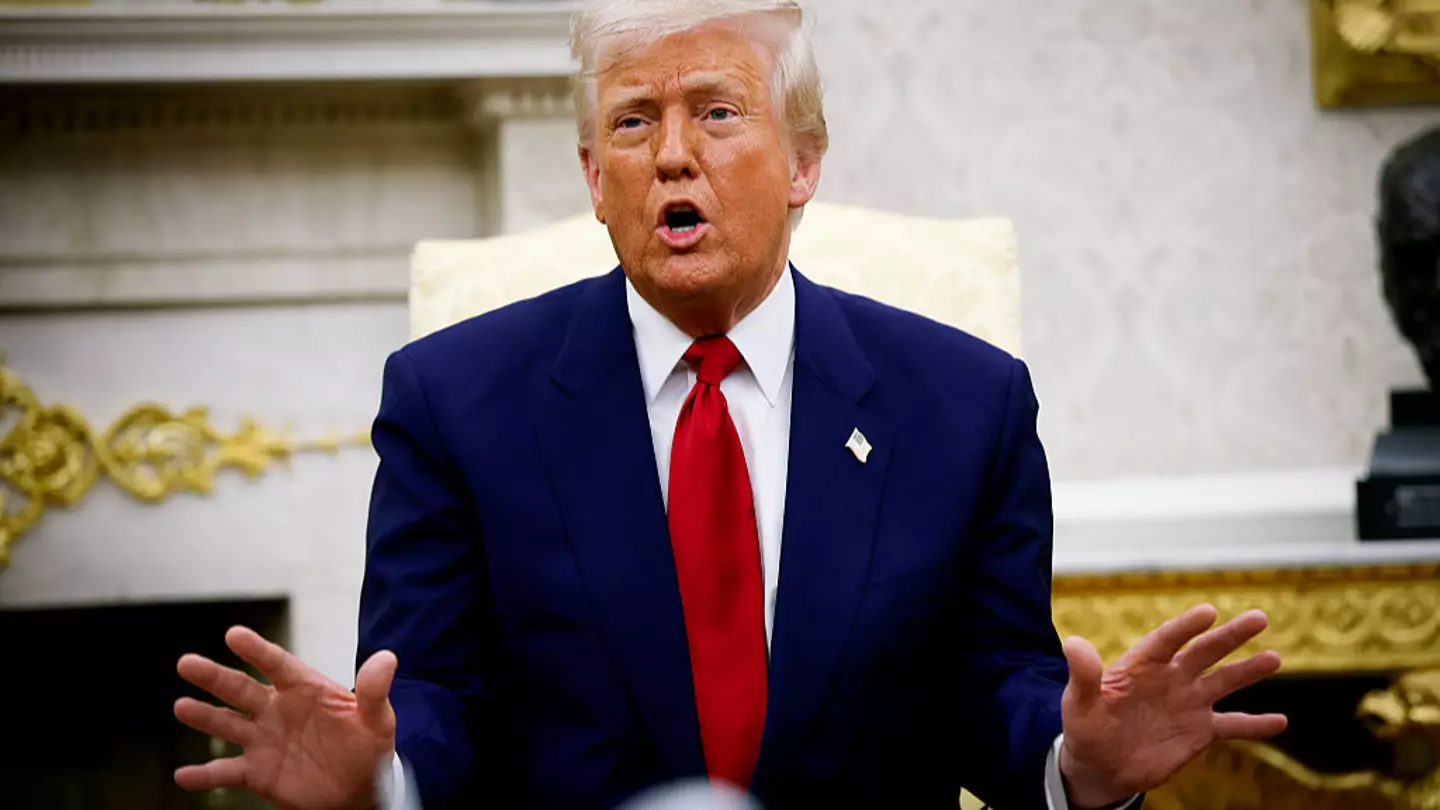

The White House has clarified that Donald Trump’s tariffs on China are actually 145 percent, not the 125 percent previously thought.
Trump had whacked a series of escalating tariffs onto China to the point that they reached 125 percent, but CNBC has reported that a White House clarification said this figure was on top of a previous 20 percent of tariffs to make the measures even more punishing.
While Trump recently U-turned on his tariff decisions for most of the countries and knocked them down to the basic 10 percent rate he’d put everyone on, China was excluded from this.
Unpicking the ‘Liberation Day’ tariffs for most countries has gone ahead, and there will now be a 90-day pause in the financial chaos, but China retaliated to Trump’s tariffs with tariffs of their own and the tit-for-tat has escalated.
Initially, he imposed 34 percent tariffs, but these stacked with previous 20 percent tariffs that Trump had already imposed on China so the real total was 54 percent.


It was 34 percent (actually 54 percent) a week ago, now look where we are (Chip Somodevilla/Getty Images)
China announced their own 34 percent retaliation, prompting the US to threaten another 50 percent and whack their punishment up to 104 percent.
The response from China was to escalate to 84 percent, with the US then responding by going to 125 percent and that’s where it was thought things were.
However, according to CNBC that figure didn’t factor in the initial 20 percent that Trump had announced much earlier for fentanyl-related reasons.
So now we’re in a place where the US is charging 145 percent tariffs on imports from China.
That extra 20 percent the White House wanted everyone to know they’d forgotten to add on comes from something earlier in Trump’s second term where he declared he was going to be ‘stopping poisonous fentanyl and other drugs from flowing into our country’.
.jpg)
.jpg)
That’s 145 percent more on imports from China, that’s going to be expensive (Kevin Dietsch/Getty Images)
The US imposed tariffs on Canada, Mexico, and China, with the White House saying: “Chinese officials have failed to take the actions necessary to stem the flow of precursor chemicals to known criminal cartels and shut down money laundering by transnational criminal organizations.”
So, that’s where this 20 percent has come from. Another 34 percent is the ‘Liberation Day’ stuff, and the other 91 percent is because China fought back over this.
Gosh, this is hard to keep track of; by the time you’ve read this, there’s every chance it’ll have changed again.
What this means in practical terms is that anyone in the US importing something from China will have to pay the US government 145 percent the value of it (so more than the thing is worth) to get it there.
They’ll want to make up those costs elsewhere, so that’ll be passed onto the American consumer or they’ll look somewhere other than China to buy things.
Last yea,r China sold about $438.9 billion worth of goods to the US and is one of their top three main trading partners. In the current circumstances, Americans will be paying more than that to their own government just to buy things that were made in China.
Do you know how many things are made in China? It’s quite a lot, I can tell you.
Featured Image Credit: Kevin Dietsch/Getty Images
Topics: US News, Donald Trump, China
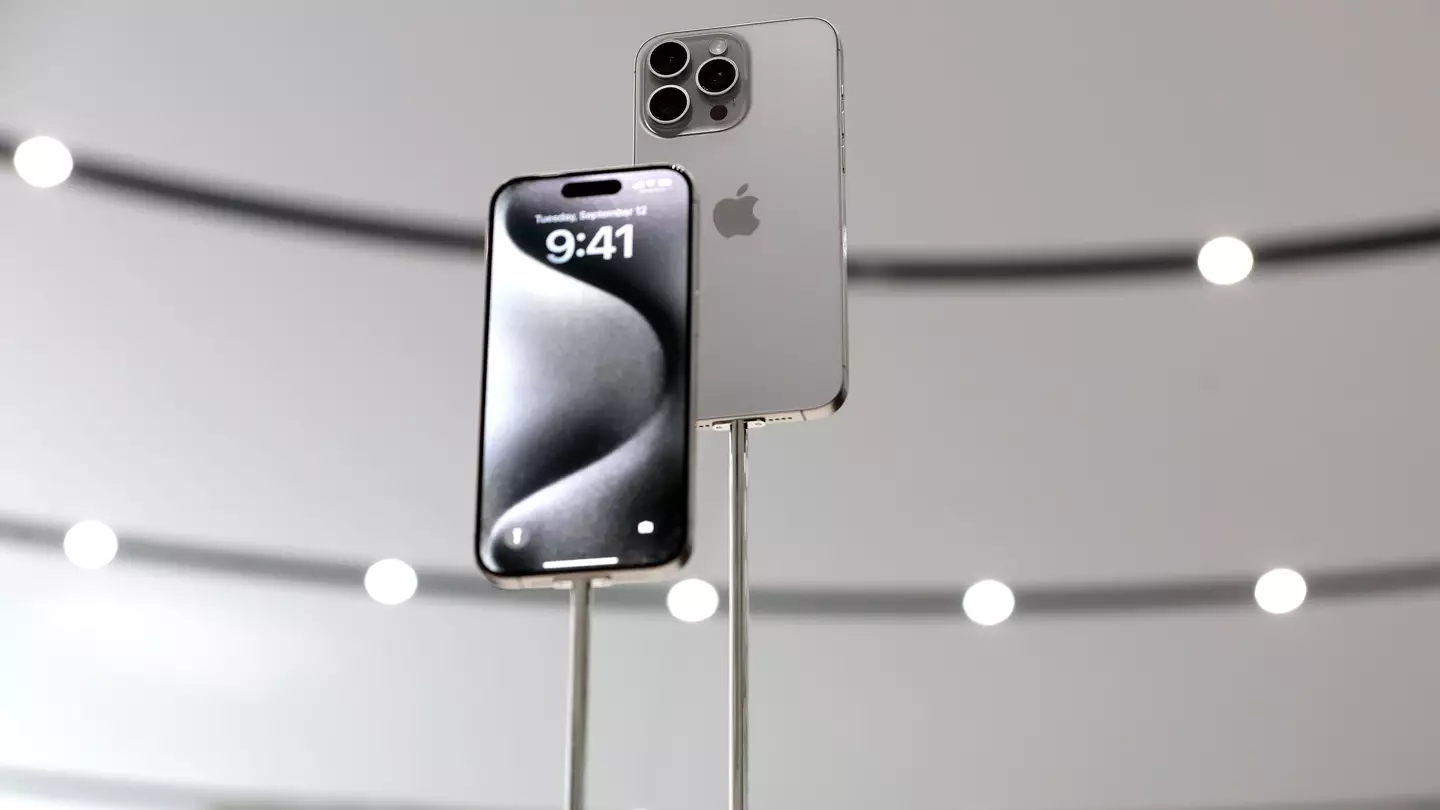

Smartphones are China’s biggest export to the United States and Apple has reportedly found a way around the current tariff war.
Donald Trump announced on Wednesday (9 April) evening that he would be implementing a 90 day pause on ‘reciprocal’ tariffs – this included raising them yet again for China.
In the morning, the President’s tariffs of 104 percent on Chinese exports came into place when China decided to counter with tariffs of 84 percent on goods coming from the US.
Then later on in the day, the 78-year-old businessman raised tariffs again for China to 125 percent.
With global market uncertainty, some of the biggest companies in the world are having to think of new ways to bypass the tariffs.
Apple, in particular, is the wealthiest business in the world, with a market cap of over $3 trillion, according to The Motley Fool.
The tech giant relies pretty heavily on China for manufacturing many of its products, with CNBC reporting that China accounting for 80 per cent of Apple’s production, according to Evercore ISI last month, who also say that around 90 per cent of iPhones are assembled there.
Not to mention that China is their second-biggest market, ITV News says.
Now, according to The Wall Street Journal, Apple is reportedly set to source more iPhones from India.
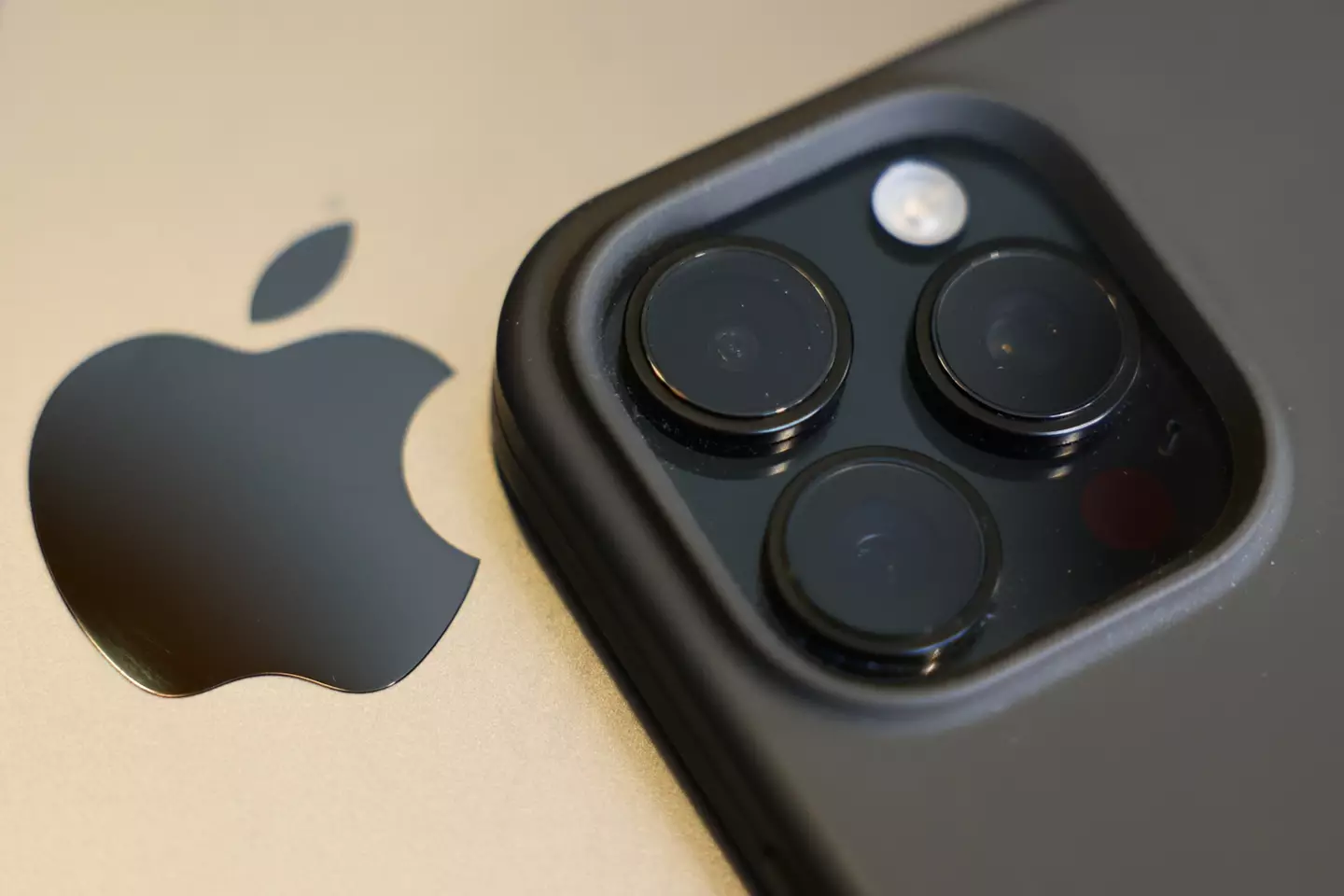

Apple is faced with challenges following Donald Trump’s tariff increase on China (Getty Stock Images)
This alleged stop-gap solution is to offset the high cost of China’s tariffs as they reportedly seek to gain an exemption from Trump’s tariffs, say people ‘familiar with the matter’.
Since 2017, the outlet reports that Apple has assembled parts of the older iPhones in India, ‘starting with older models and gradually expanding to include the latest ones’.
In the meantime, those who are thinking of upgrading to the newest iPhone model – set for an annual release later this year – could be paying £300 more.
Harry Mills, director at Oku Markets, told Sky News that ‘consumers can surely expect a feedthrough straight to prices’.
“Consumers eyeing an upgrade might do well to act sooner and avoid a gamble on a £300 price hike,” he said.
Prem Raja, head of trading floor at Currencies 4 You, warned that the tariffs ‘could significantly impact iPhone pricing globally’.
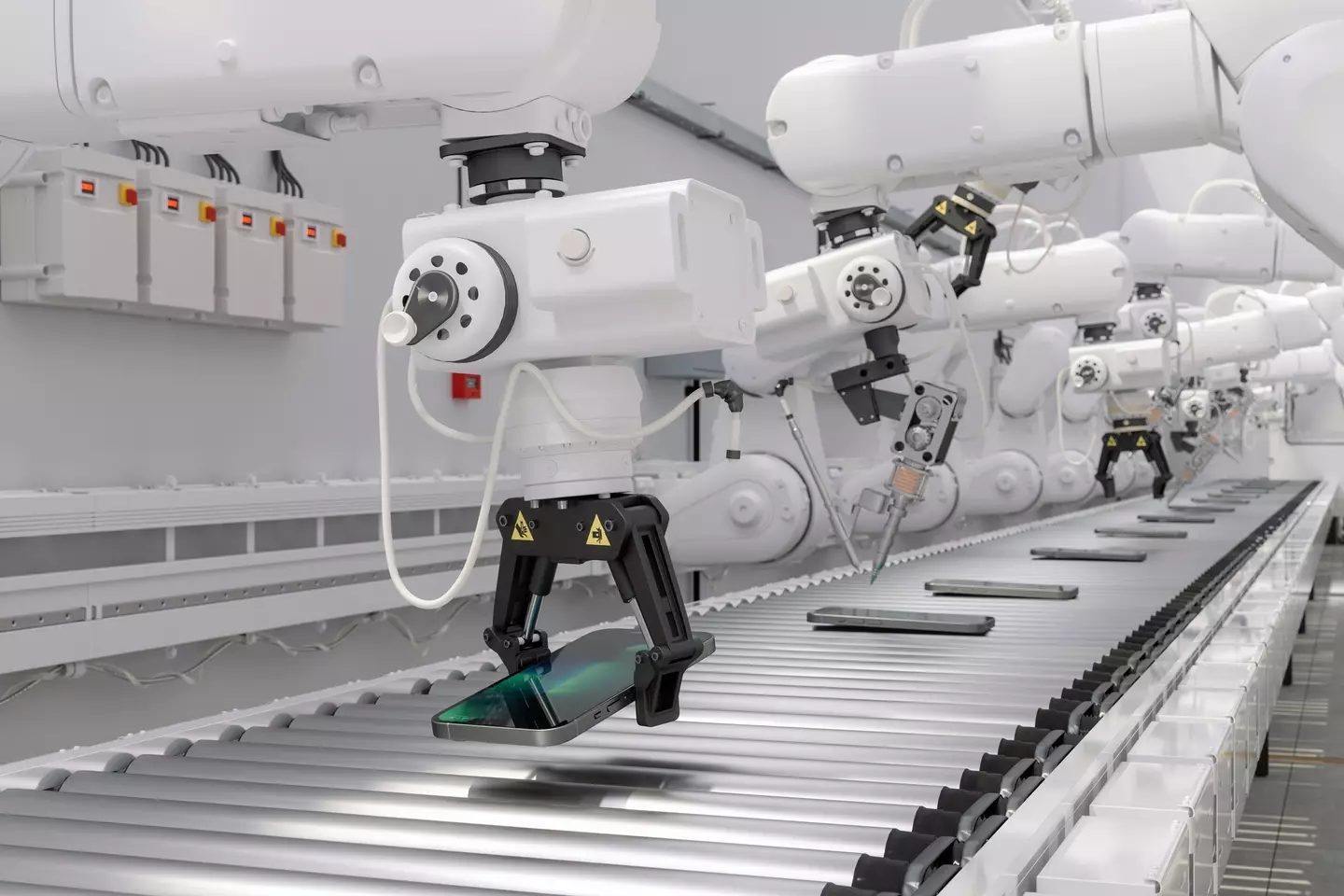

Smartphones are China’s biggest export to the United States (Getty Stock Images)
He said to Newspage: “Analysts suggest US prices might surge by up to 43 percent if Apple passes on the costs, potentially raising the iPhone 16 Pro Max price to approximately $2,300.”
Prior to Trump’s second tariff increase of the day, the Chinese commerce ministry said an ‘increase in tariffs will not solve its own problems’.
“Instead, it will trigger sharp fluctuations in financial markets, push up US inflation pressure, weaken the US industrial base and increase the risk of a US economic recession, which will ultimately only backfire on itself,” they warned.
“If the US insists on further escalating its economic and trade restrictions, China has the firm will and abundant means to take necessary countermeasures and fight to the end.”
LADbible Group has contacted Apple for comment.
Featured Image Credit: Justin Sullivan/Getty Images
Topics: US News, Donald Trump, China, Apple



